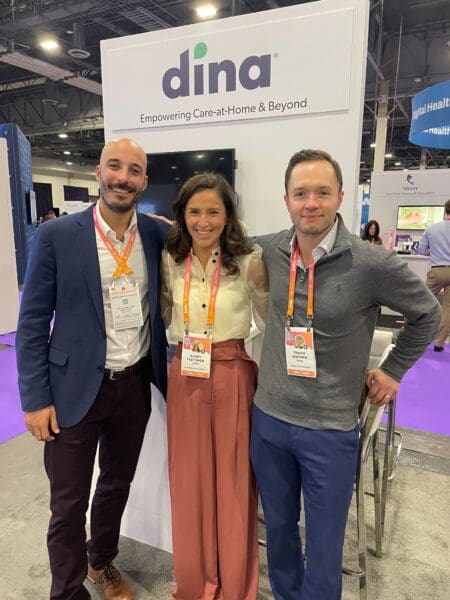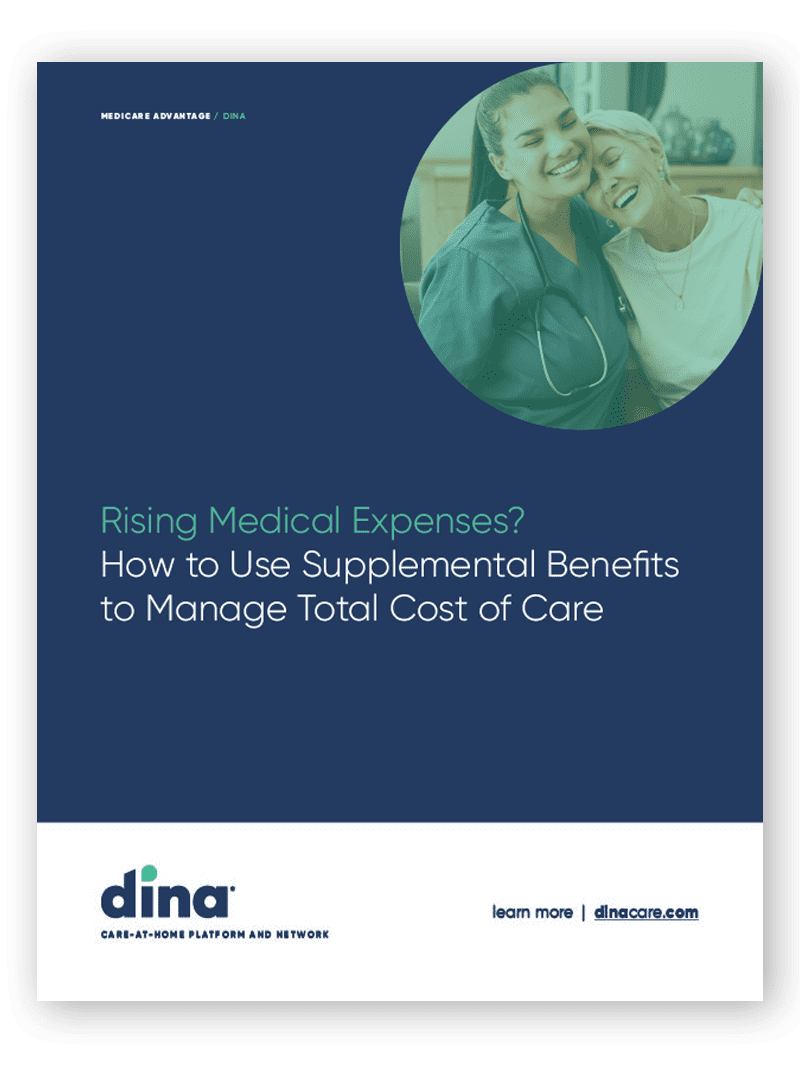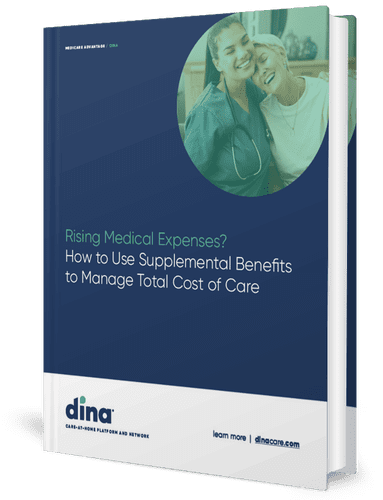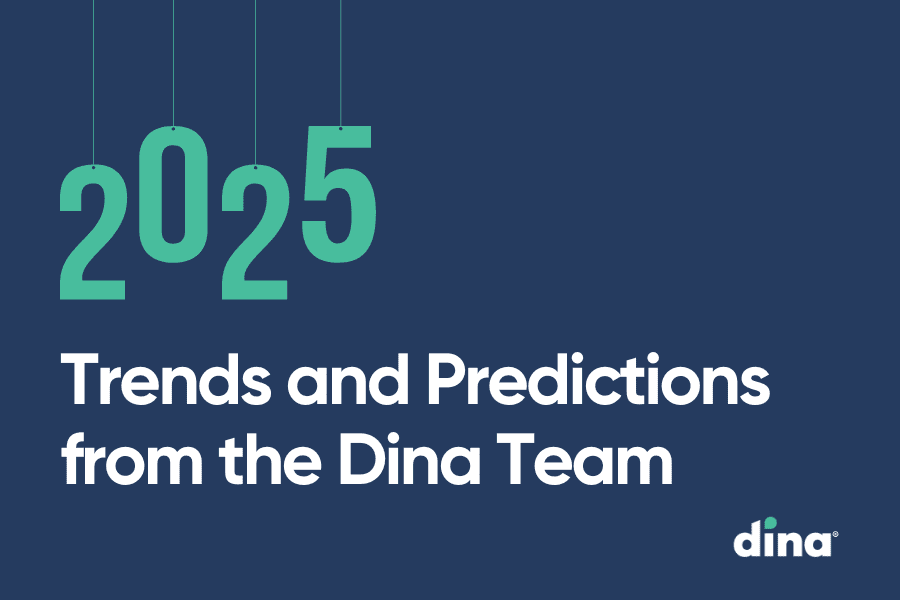
HLTH lived up to its “Be Bold” theme this year and the show continues to cement its position as a unique, fun place for all stakeholders to gather, connect and advance their causes. The Dina team shares their takeaways from their time in Las Vegas.
Notable this year at HLTH: the MA market continues to shift from a predominantly member-acquisition focus to care delivery. Central to this is the design of post-acute, home, and community benefits to deliver a win-win for all involved (plan, providers, members, government sponsors). This clearly has the interest of investors as well, who are looking to deploy capital in businesses that serve payers in this regard. –Ashish V. Shah, CEO

CMS’s 2025 Final Rule, particularly language around new standards for SSBCI, is forcing Medicare Advantage plans to better understand the efficacy of benefits that are being offered, and ensure access to these benefits for eligible members. At HLTH, we heard how health plans are beginning to take a data-driven approach to ensure the right benefits are being made available to relevant populations in a transparent, reliable manner. –Robby Coury, Business Development
Health plans are signaling a move to bring previously delegated services, including care coordination, member services, and elements of care management, back in-house. In an environment where MLRs are challenging to manage, member expectations are rising, and CMS’s requirements on data sharing are growing, plans need tight control over their people, processes, and platforms. This will raise the bar on vendors and increase the need for strong integration capabilities in a way that results in an improved experience for all parties – from members to providers to vendor partners and, ultimately, to plans. –Travis Woyner, SVP Strategy

There is optimism that 2025 will be an active year for all constituents – i.e., investors, solutions companies, payers and providers – with the election and a soft landing in sight for the economy. Recruiters remain active filling positions to help companies position themselves for a stronger 2025-2026 – i.e., CFOs, operations, etc. –Ashish V. Shah, CEO
AI was once again a prominent theme at HLTH. Many companies made the case that, when applied correctly, AI can make digital health solutions more accessible, integrated, and value-driven. The successful adoption of AI tools will require partnering with forward-thinking vendors that have the right infrastructure, data, and security in place. –Kasey Fletcher, Business Development

Rising Medical Expenses?
Don't Cut Benefits!
Instead, see how to drive smart utilization of non-medical benefits to meet your value-based objectives. Download the report "Rising Medical Expenses? How to Use Supplemental Benefits to Manage Total Cost of Care" to learn more.





